EBS5041 Marketing for Managers: Levi's Brand Analysis - May 2021
VerifiedAdded on 2021/09/08
|5
|1585
|100
Essay
AI Summary
This essay, prepared for the EBS5041 Marketing for Managers course, examines the Levi's brand and its ability to live beyond the products graced with its logo. The analysis, based on the insights of James Curleigh and the marketing principles of Kotler & Keller, explores the importance of understanding customer needs, competitive positioning, and the role of innovation in maintaining brand relevance. The essay contrasts branding as a mere logo with the broader concept of fulfilling customer dreams and building an emotional connection. It highlights the significance of adapting to market changes, driving innovation, and fostering a desirable lifestyle to ensure long-term brand success. The paper also discusses the importance of brand mantras and employee alignment to the brand vision, ultimately arguing that a brand's longevity depends on delivering value and capturing the hearts and minds of its target markets.
1 out of 5
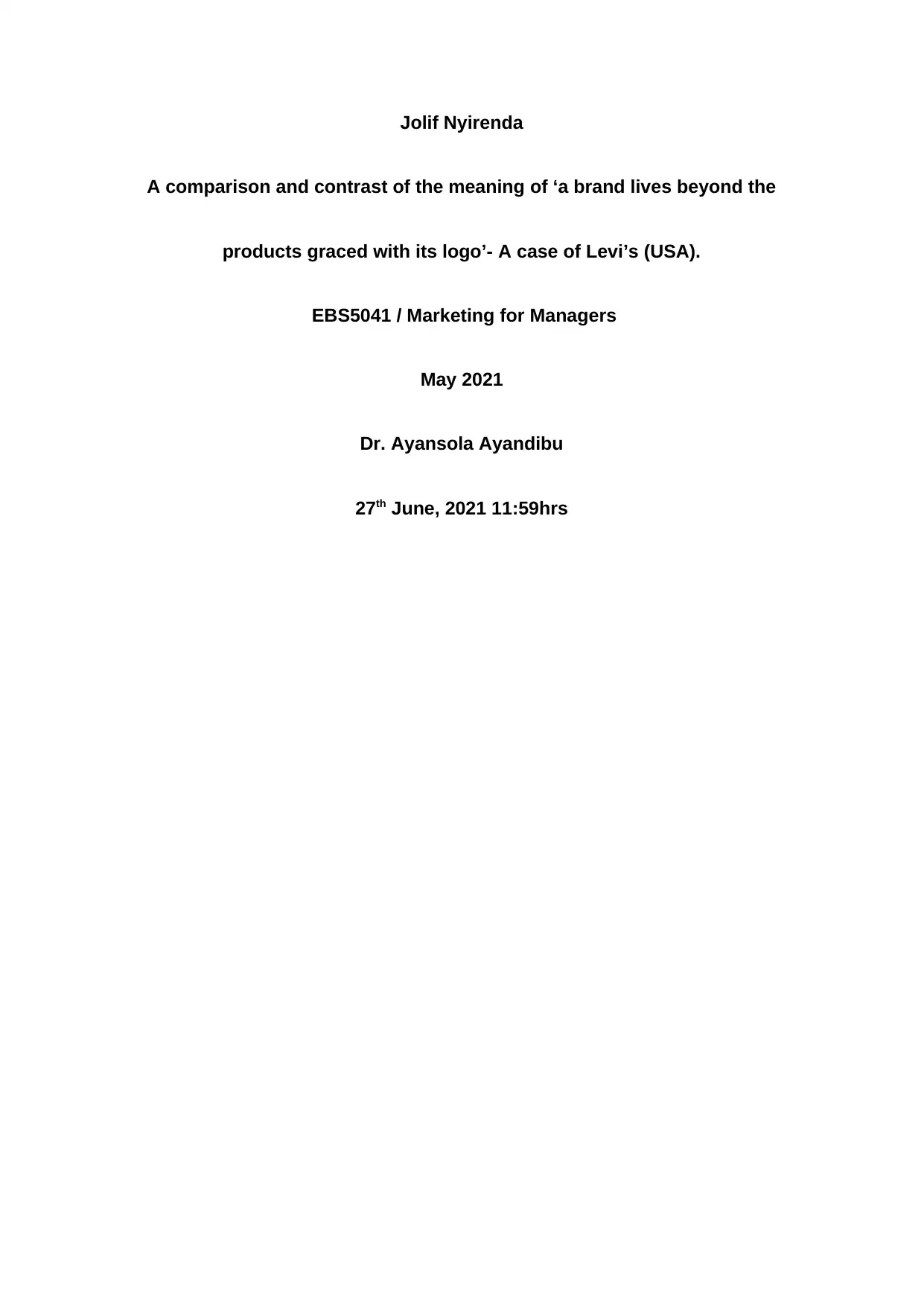
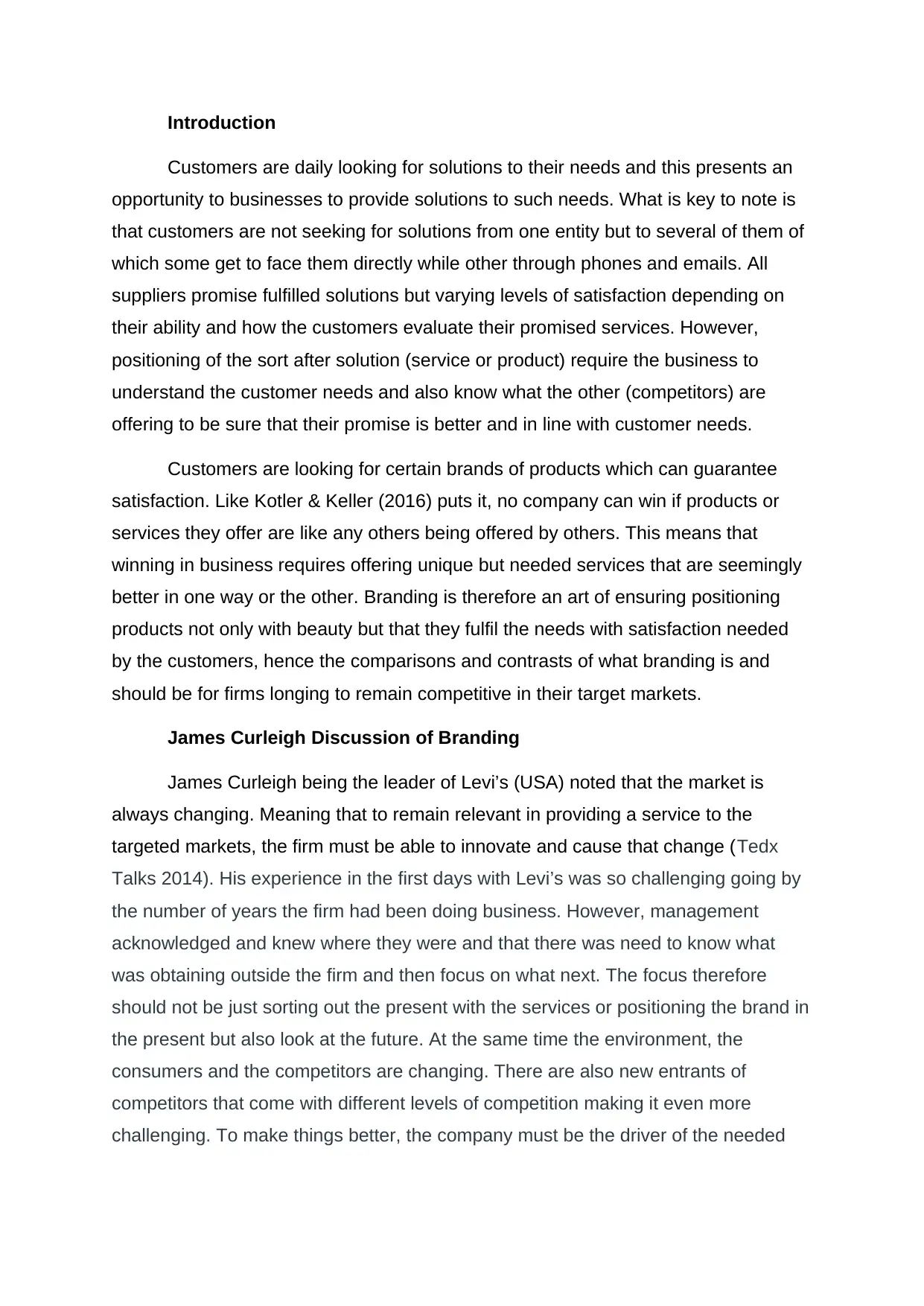
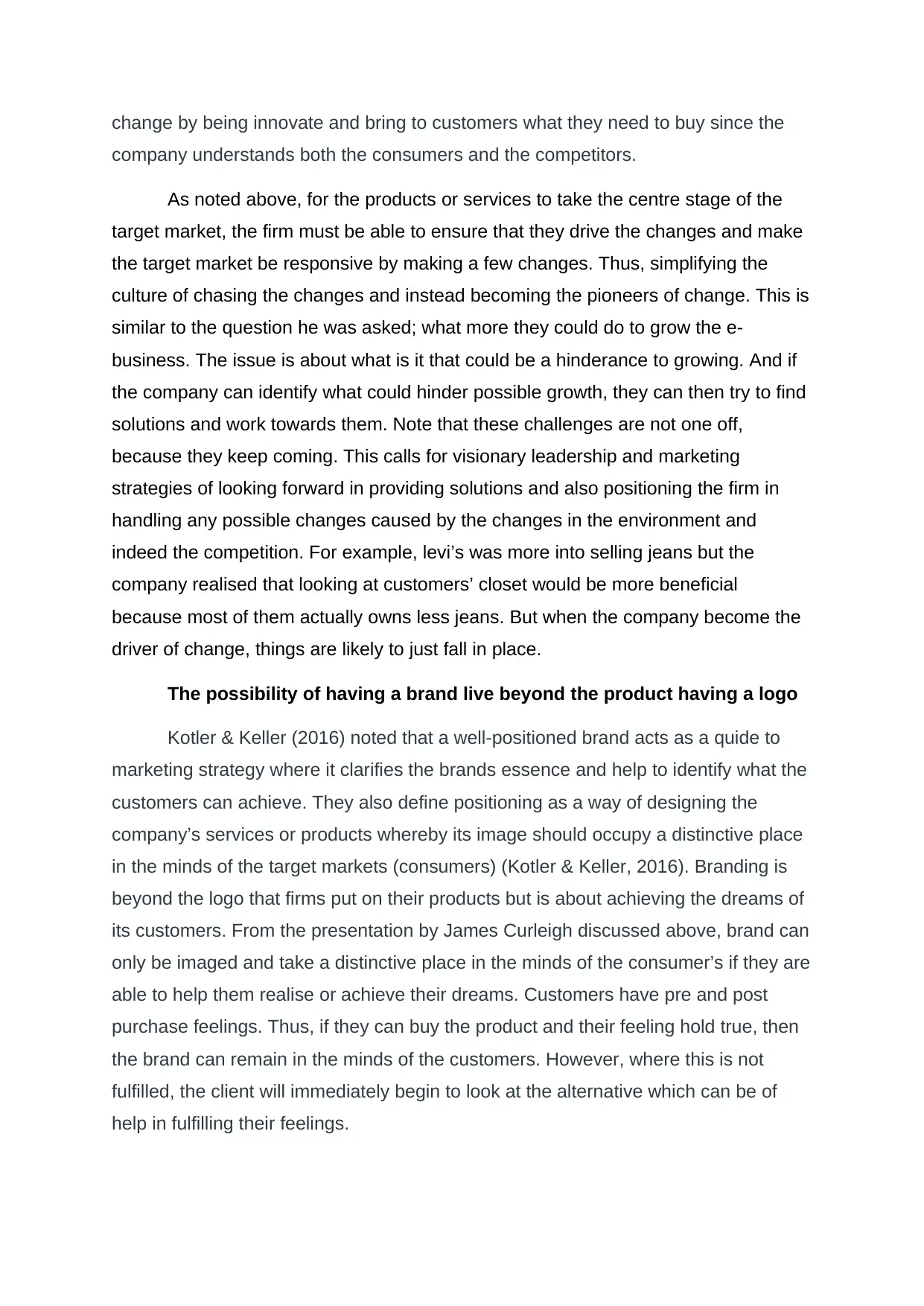
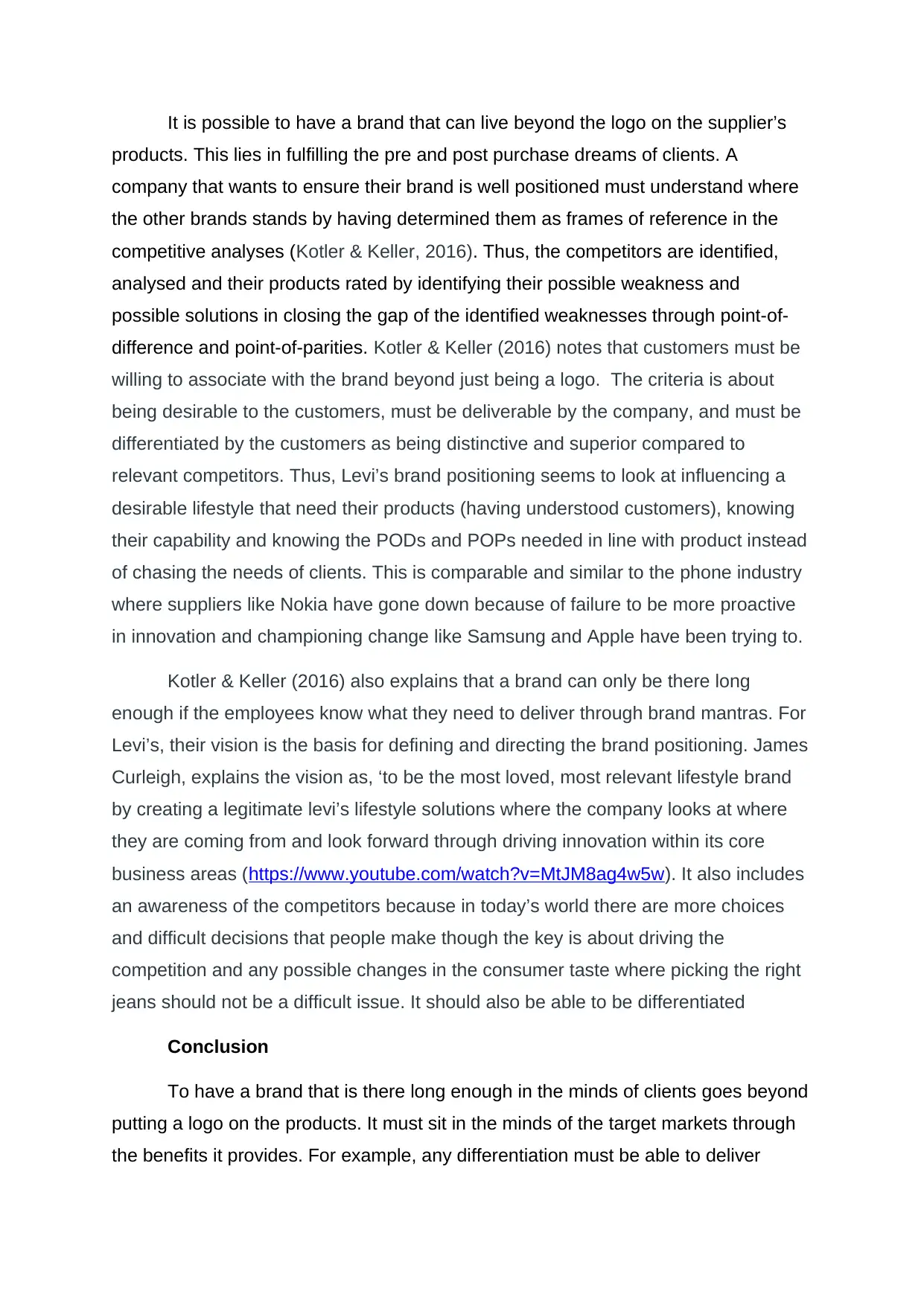
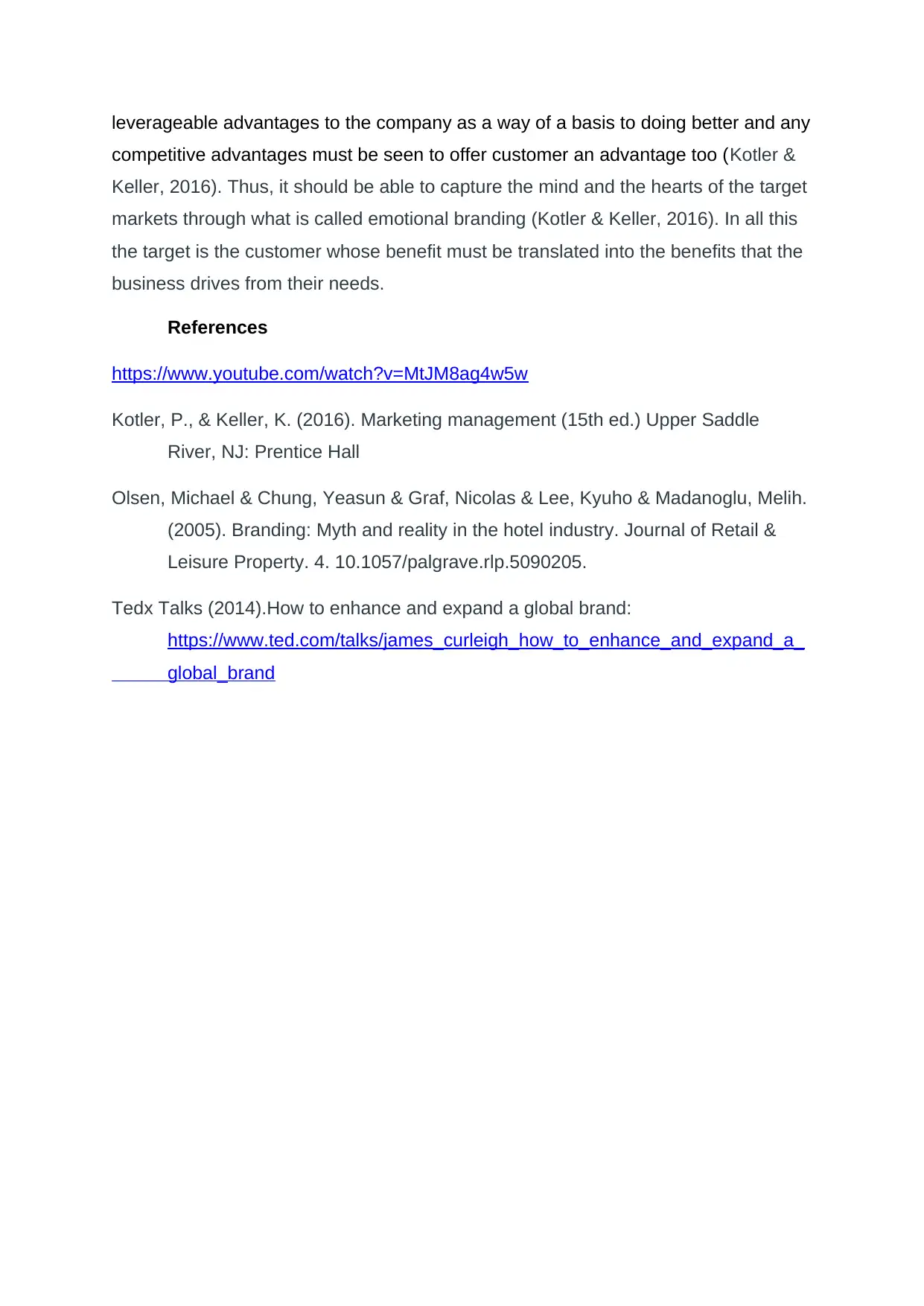






![[object Object]](/_next/static/media/star-bottom.7253800d.svg)